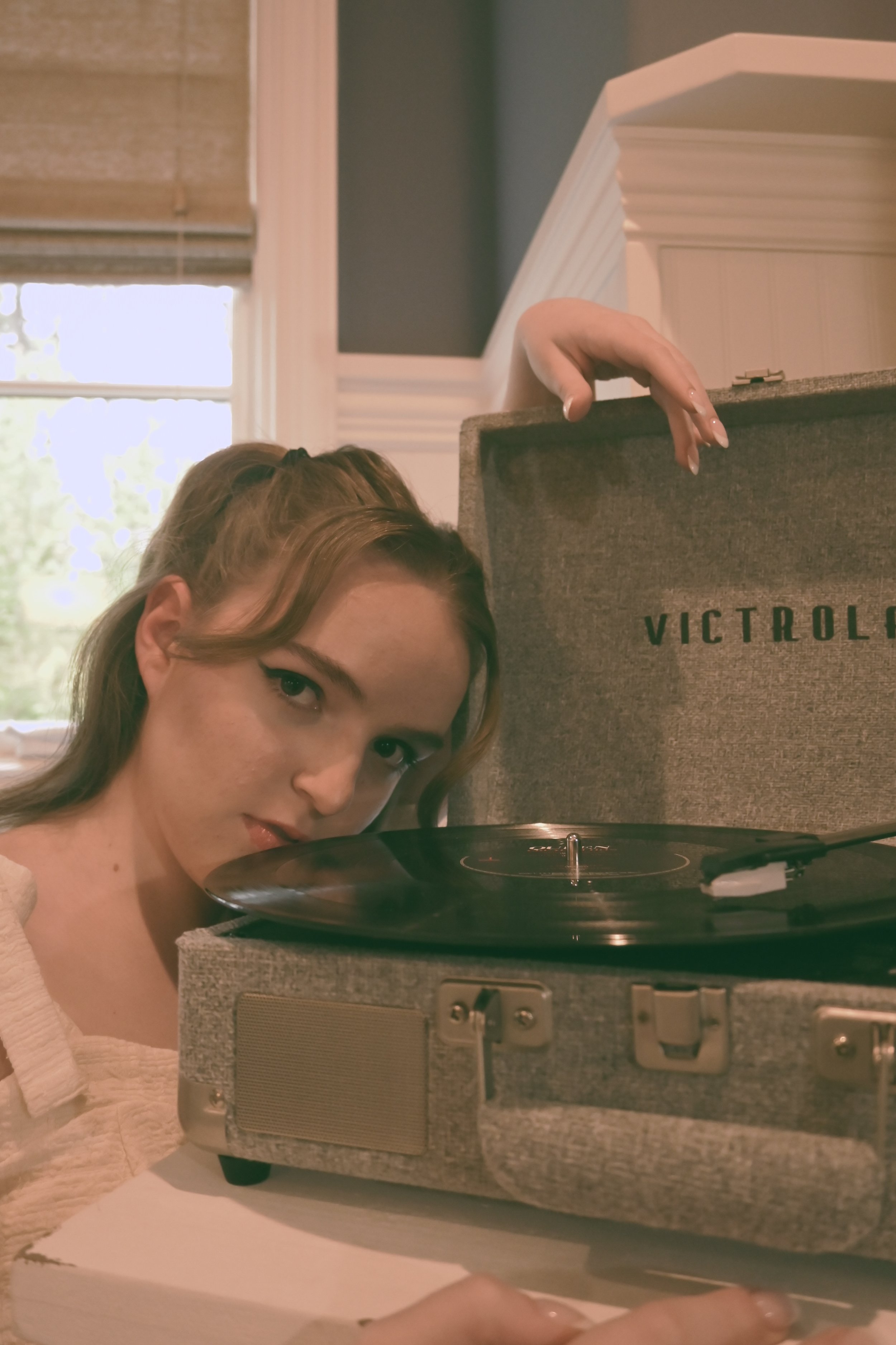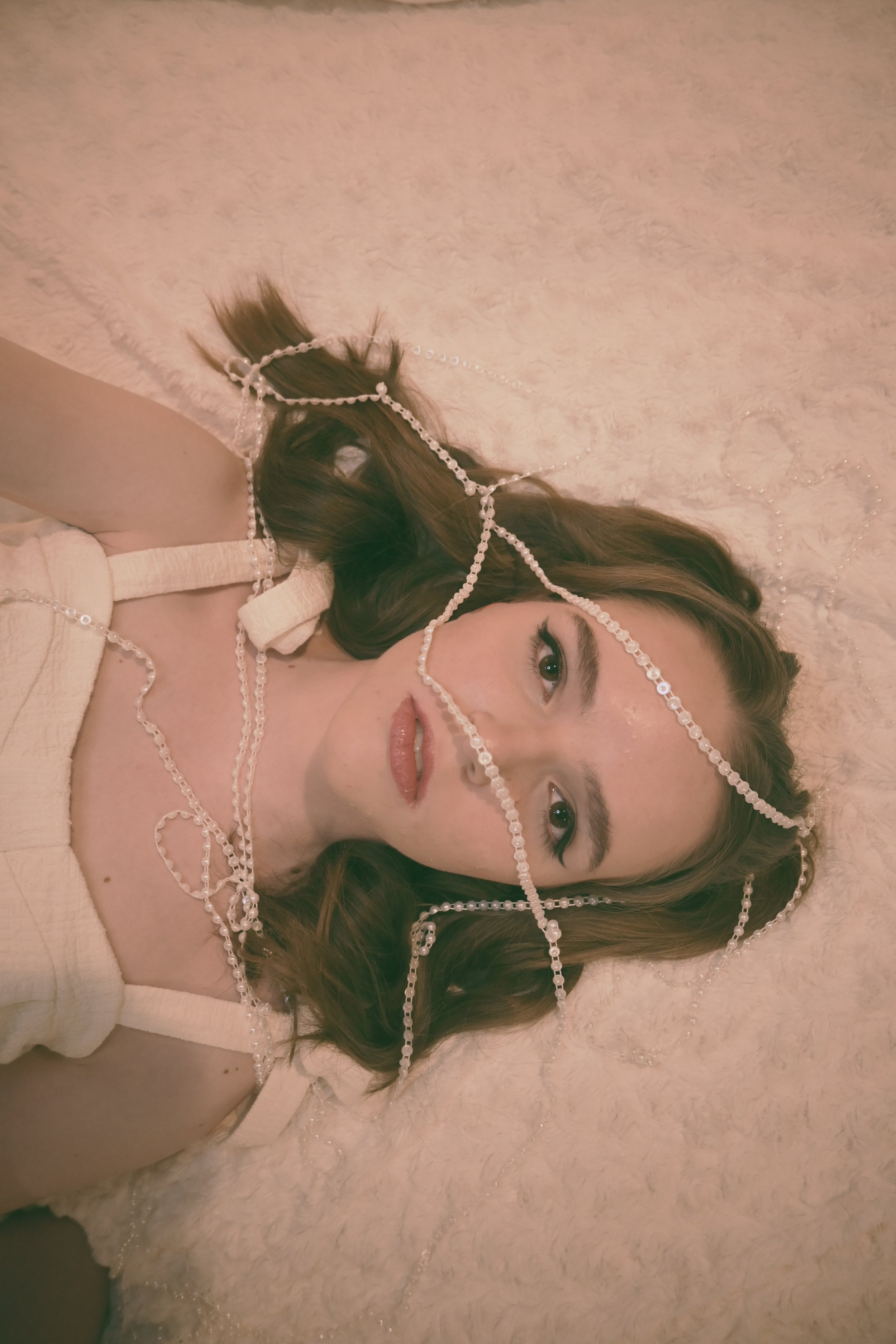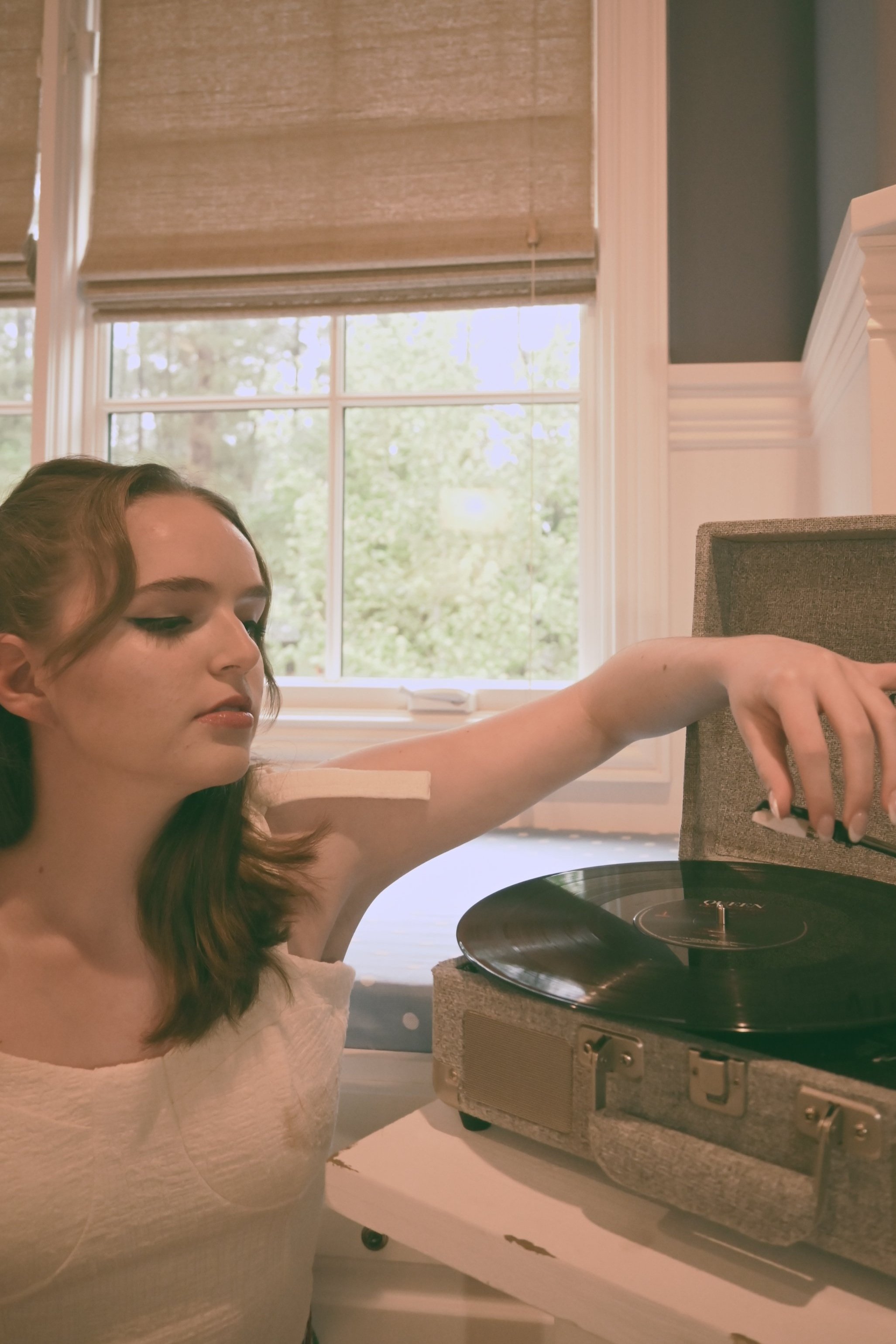Lana's New Rendezvous
At one point in time, Lana Del Rey was set up to be the world’s largest musician. She sang about isolation, love and loss, and looking pretty when you cry; she was everything glamorous and charming. On her album covers, she’s an old Hollywood starlet or on a sailing yacht, reaching out with those bright yellow nails as Hollywood burns behind her. Early albums like Ultraviolence and Born to Die allow space for wallowing: A universe in which one may sulk all day and drink oneself into a classy stupor by night. She made it cool to be sad. Del Rey lives out her past alcoholism, addiction, and destructive tendencies through her art, populating her music with unrealistic ideals: older men, drunkenness, Lolita, and money. You can hear the tension in the music as she sings with a bored disaffection over a large production.
The New York native, born Elizabeth Grant, began working on her prestigious discography at 18 while playing small gigs at open mics performing as Lizzy on some nights and Sparkle Jump Rope Queen on others. She branded her now iconic Miami-inspired moniker during the release of her 2010 demo “Lana Del Rey AKA Lizzy Grant”. In 2011, she released her debut single “Video Games” accompanied by a self-made music video featuring footage spiced with images of the promising star. Then, “Blue Jeans” arrived accompanied by a nostalgic aesthetic, wistful vocals, and a captivating persona. This persona would be the backbone of her allure despite tweeting back in 2019, “Never had a persona. Never needed one. Never will.”.
While most female pop artists were preaching empowerment, a counter-voice was bound to emerge; A figure fixated on themes of wealth, self-destruction, and hopeless romanticism, thus, Born to Die was born. Del Rey wrote “Young and Beautiful” for 2012s The Great Gatsby and the Summertime Sadness remix closed out the summer. Ultraviolence fleshed out the details of her image, breathing life into the character and framing her as a sad girl. She continues this persona throughout her discography with the highly produced Honeymoon, the politically-based Lust For Life, and eventually closing on her most widely acclaimed album, Norman Fucking Rockwell! (NFR!). This is a record that evokes decades of folk, rock, and Americana. Acoustic guitars and electronic whirs mesh with psychedelia on the nine-minute centerpiece “Venice Bitch”. The stunning title track features cinema-score instrumentals and Del Rey’s smooth alto. “The greatest” expresses disillusionment with the idea of Hollywood.
The broken, sad-girl persona that dominated Born to Die is still present on NFR!, but here, she's beginning to drop the act. It's not about wallowing and self-pity anymore, here she captures the drama of her life with wit. It is the climax of her persona, the pinnacle of her lyricism, and a masterclass in production. The latter achievement is thanks in part to the iconic Jack Antinoff. The album received critical acclaim and was nominated for Album of the Year at the 2020 Grammys – an award she would lose to Billie Elish’s debut.
Say what you want about Lana but the fact is that she is long overdue for some recognition. She has basically defined alternative music for over a decade, and her infamous Grammy snub once again sent critics after her, forcing Del Rey to retreat from the public eye. Over the next year, the Old-Hollywood glamor of Lana Del Rey reverted to Lizzy’s natural wavy blonde, hanging over shoulders of a long white dress. She was living around Austin, Texas alongside singer BFF Nikki Lane and seen romping around in Gruene with her two German Shepherds, Tex and Mex. It seemed as if she had given up her iconic California style character and settled for a more authentic presentation. In Spring of 2021, Lana would release two unexpected, stripped down albums. “I'm ready to leave LA” she sings in her most subdued and introspective album yet, Chemtrails Over the Country Club. It's an escapist fantasy she has entertained before: She wishes to leave California, and the onslaught of criticism from the media. Although many of her themes remain unchanged in her newer music, Del Rey did abandon her persona. Gone are the days of mimicking Old Hollywood’s glitzy and glamorous. Seven months after the release of Chemtrails, Lana presented its sequel, Blue Banisters in Fall of 2021. This album, even more stripped down than the first, sounds more like a confession than a concept. Her style remains consistent with her music, but she is no longer playing a character. Blue Banisters is about her life before fame, her troubled childhood, and the women in her life: “There’s a hole that’s in my heart all my women try and heal.”. Del Rey has traded California fame for the countryside and her family.
The disconnect between Lana Del Rey, the romantic persona, and Elizabeth Grant, the actual person is made most apparent by the recent March 2023 release of Did You Know That There’s a Tunnel Under Ocean Blvd. Since the release of her 2019 beloved NFR!, her songwriting has received the recognition she always knew it deserved, but her ninth album arrives as an honest work of self-mythology. It sounds dark and somber as an unhinged genius confesses for over 80 minutes. Del Rey revisits old material from Blue Banisters, the pop production, piano sounds, and tender references to her family. Lana, AKA Elizabeth Grant, opens the record with her family name and keeps them close throughout, reflecting on her family now, as well as after death. Unmarried and child-free at 37, Lana asks “Did you know that a singer can still be looking like a side piece at 33?” in “A&W”; followed by a sermon on lust from Beverly Hills pastor, Judah Smith, Lana among his congregants. Her Lizzy Grant roots are revisited in the records surf-rock inspired “Peppers” which samples Tommy Genesis’ track “Angelina”. She now applies this approach to others’ work to her own past material: the title track “Taco Truck X VB”, a sliver of “Cinnamon Girl” in the John Batiste feature, and stripped down strings from “NFR” on “A&W”. This suggests she is resubmitting her work as more confessional songwriting, navigating grief, sex, and her own identity. “Kintsugi”, named after the Japanese pottery art, reveals the cracks of her broken heart and her journey to self love: “That’s how the light gets in/ Then you're golden.” she reassures herself. Del Rey’s latest work feels personal, but natural as she navigates grief, spirituality, and love with each mature and intimate track. Lana started her career as one of the biggest sonic influences in the 2010s, then managed to progressively improve her musicality, leading to Ocean Blvd.
Written by Catherine White, Photographer: Parker Elkins , Social Media: Angela Duplantis



